
7 Cool Sound Science Experiments for Kids
Nov. 19, 2018
When it comes to science experiments, some of the most enjoyable involve the science of sound. If you’re looking to dazzle your little learner with exciting new experiments, look no further than simple sound science experiments that use everyday household items to bring sound to life. Let’s explore 7 riveting ideas to discover the science behind sound! Watch educational videos with scientific experiments and show them to your child.
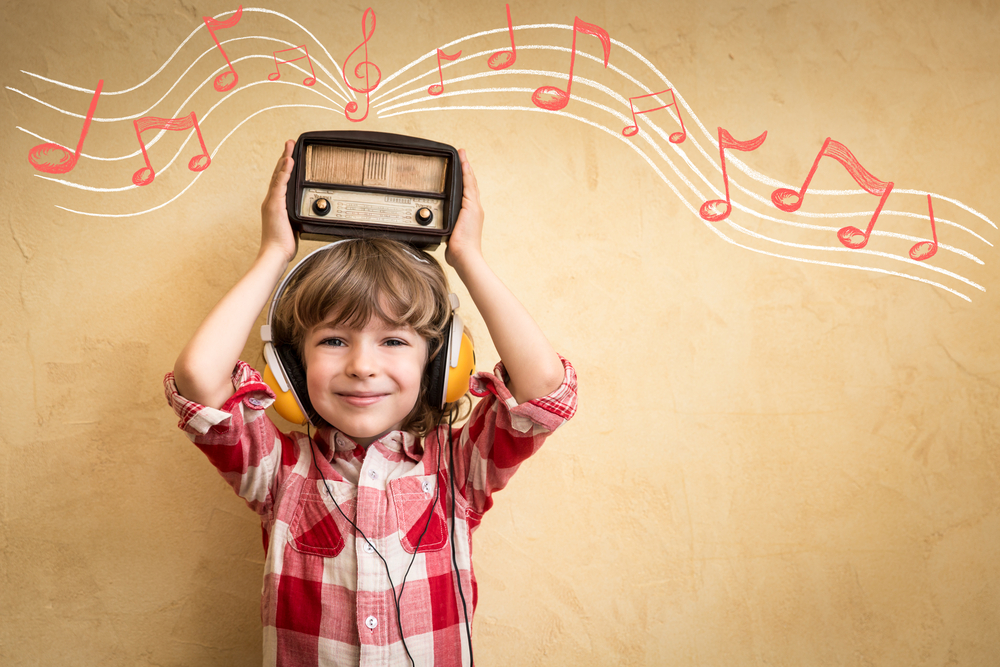
The Classic Paper Cup and String Phone
A much-loved childhood project, the paper cup phone is much more than a fun and old-fashioned way for kids to communicate throughout the house. This elementary sound science project shows kids how sound waves can travel through a string and be converted back to audible sound at the opposite end.
Supplies Needed:
- 2 paper cups
- Long string, like fishing line, kite string
- A sharp pencil or needle to poke holes in the cups
What to Do:
1. Start by cutting a long piece of string of at least 50 feet.
2. Poke a small hole at the bottom of each cup.
3. Using each end of the string, thread it through the bottoms of the cups, tying a large knot so that the string does not fall out of the cup. If you make the holes too large, use a washer or paper clip to hold the string in place so that it does not pull out of the cup.
4. Move into position and encourage your child to move away from you so that the string is far enough to make it tight. Be sure that the string does not touch any other object and that it remains suspended in air as you complete the experiment.
5. Taking turns, talk into the cup, while the other person listens by putting the cup to their ear. Tell your child to repeat what he or she hears after you have spoken and do the same in return!
After the experiment, explain to your child what is happening: sound waves created by talking through the cup travel through the line to the other end, converting back to sound on the opposite side!
Make Music with a Straw Pan Flute
Perfect for younger children, the following sound waves experiment not only involves creating a fun musical instrument your child could play with, but teaches kids how length can affect the pitch of sound waves.
Supplies Needed:
- At least 9 or 10 straws, more if desired!
- Clear gift wrap tape
1. Take the straws and line them up side-by-side and cut them at an angle at the top.
2. Tape the straws together to make a pan flute.
3. Instruct your child to blow through the straws. Which straws make higher and lower pitches? Why?
Feel free to use more straws and experiment with different lengths to produce different pitches and sounds! Ask your child to explain what happens to the sound the shorter a straw is cut, and create double pan flutes to make harmonies to further explore how length alters the pitch.
Listen to Sounds Travel Underwater
Sound travels well through air, but it travels even better through water! This easy sound experiment for kids can be done in a jiffy out on the back porch.
- A bucket filled with water
- A large plastic water or soda bottle
- At least 2 kitchen knives
- Scissors or sharp knife to cut the bottle
1. After filling the bucket with water, take a sharp knife or kitchen shears and help your child cut off the bottom of the plastic water bottle. Be sure that the cap is taken off of the bottle.
2. Instruct your child to place the bottle in the water so that the cut bottom is in the water. Your child will then put his or her ear to the top of the bottle to listen.
3. Using the kitchen knives, clang them together to make a sound, but do this in the bucket as your child is listening. What does your child hear?
Your child has probably noted that the sound of the clanging is loud and clear. Water travels faster through water than in the air, and animals that live underwater are able to hear sound clearly. Discuss the results with your child, to teach him or her more about the conduction of sound waves through water.
See the Sound
Sound vibrations travel through air, water, and even solid objects, but it’s not possible to see the waves. What if we could see the waves in another way? This science of sound experiment makes sound more visible by forcing objects to react to the sound vibrations.
- Empty clear mixing bowl
- Plastic wrap
- Large rubber band
- Sugar crystals- Sugar in the Raw works great, or make sugar crystals in another science experiment!
1. Wrap a sheet of plastic wrap over the mixing bowl so that it’s taut, and secure with the large rubber band. Be sure that the plastic wrap is tight and does not sag.
2. Place a few of the sugar crystals on the top of the plastic wrap, placing them in the middle of the wrap.
3. Instruct your child to get close to the sugar crystal and say something loudly! What happens to the crystals? Do they move?
4. Experiment with louder and softer words or sentences to watch the sugar crystals react to the sound vibrations!
While your child might think it’s his or her breath making the crystals jump and move, but it’s actually the sound vibrations. Try different sounds besides ordinary speech and see how the crystals come to life!
Make a Stick Harmonica
Making musical instruments are easy and fun, and they teach kids about sound waves and pitch. This experiment is much like the pan flute above, but kids can alter the pitch by sliding the straws without reassembling the harmonica.
- 2 large craft sticks
- 1 wide rubber band
- 2 smaller rubber bands
- 1 plastic drinking straw
1. Using the scissors, cut the straw into 2 one-inch pieces and set aside.
2. Take the wide rubber band and stretch it length-wise around one of the jumbo craft sticks and place one of the straw pieces under the rubber band, close to the edge on one end.
3. Take the other craft stick and place it directly on top of the craft stick with the rubber band. Secure them together at the ends using the small rubber bands.
4. Finally, take the last piece of straw and place it in the harmonica between the sticks on the opposite end from the other, but this piece should be fit above the wide rubber band instead of below it.
5. Encourage your child to play the harmonica by blowing in the center of the harmonica! Explore different pitches by moving the straw pieces!
After playing the harmonica, don’t forget to complete the sound experiment by talking about the mechanics of the harmonica. The vibrating rubber band makes all the noise, and the closer the straw pieces are to the center of the harmonica, the higher the pitch will be due to the shortened length of the band!
Experimenting with Sound Waves
It might be hard to imagine that sound waves can travel through solid objects as well as through the air. This simple but exciting sound waves science activity will demonstrate for your child how sound can and does indeed travel through solid objects!
- Metal kitchen spoon- a large metal measuring spoon works great!
- At least 30 inches of kite string
1. Stretch out the string and tie the handle of the spoon in the middle of the string.
2. Take one end of the string and tie around your child’s pointer finger. Do the same using the other end, but tie this string around the pointer finger of your child’s opposite hand.
3. Instruct your child to put his or her fingers, with the string wrapped around each, into their ears.
4. Help your child lean over so the spoon dangles and help him or her swing the spoon so it hits a nearby door or wall.
5. Hit the door or wall again, but this time with more force. What does your child hear?
Your child should hear a bell-like sound travel up the string from the spoon and into their ears. Discuss with your child how the sound waves created from the spoon hitting the door moves through the string until he or she is able to hear it!
Xylophone Water Jars
Musical instruments are so much fun to make! This sound activity teaches children how varying levels of water in containers change the pitch of the sound created.
- 4 empty and clean baby food jars
- 4 different colors of food coloring
1. Help your child fill each jar with varying amounts of water.
2. Add a few drops of food coloring to each jar.
3. Using the mallet, instruct your child to firmly tap the outside of each jar. What sounds are being made? Which jars have the highest or lowest pitch?
Encourage your child to hypothesize why some jars emit a lower sound, while others are higher. Play around with the water levels in each jar and experiment with pitch!
Now that you have 7 cool ideas for exciting sound science experiments, it’s time to get started! Your child will love learning all about the science of sound and the endlessly fascinating ways sound waves can travel through air, water, and objects. Don’t forget to check out our science worksheets and activities to supplement your child’s learning in between all your child’s experiments!
Related Articles
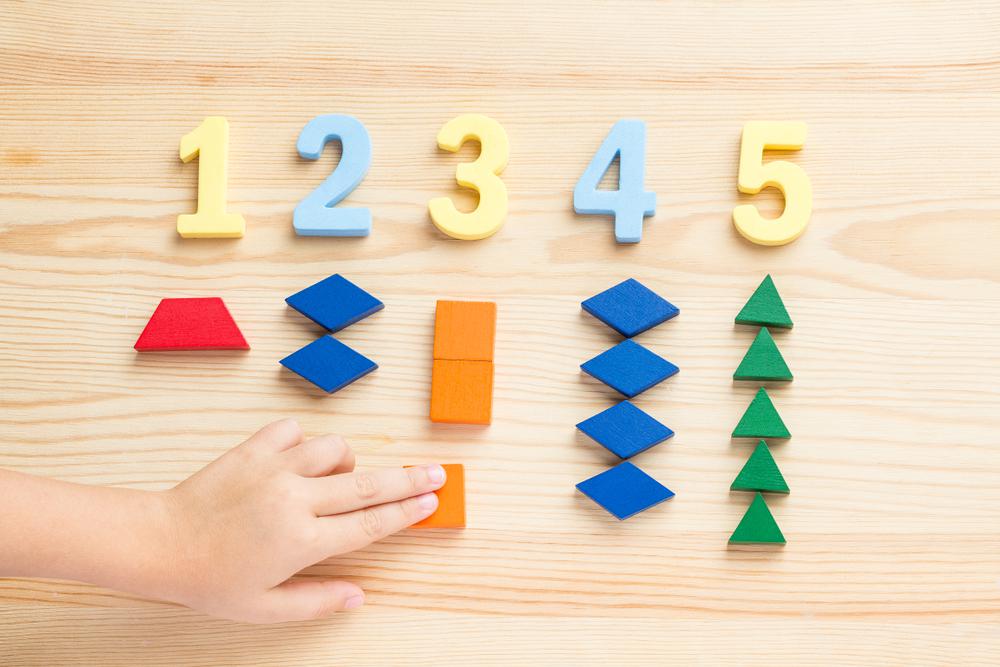
Cancel anytime
You'll be able to manage the favorite spreadsheets list.
You’ll be able to hide/mark the accomplished tasks.
- School / District Account
- Family Account
- 2 PDF worksheets per day
- Interactive worksheets
- Targeted ads
- KidsAcademy ads
$ 1.99 / month
- Printable and interactive worksheets
- Learning videos
- Ad-free browsing
$9.99 / month
- 7000+ online learning activities
- Curriculum created by education experts!
This website uses cookies in order to provide basic functionality. By continuing to use this website, you are consenting to their use. For more information, please read the relevant part of our privacy policy .
Primary Science Resources for the National Curriculum
Year 4 sound.
- Outstanding Science Year 4
Knowledge and Understanding
Statutory requirements, notes and guidance, lower ks2 - working scientifically, how we hear things worksheet free, outstanding science year 4 | sound | os4d001.
- Description
- National Curriculum
- Key learning
Learning objective
I can explain how sounds are made and how we hear things.
Children learn that sounds are caused by vibrations. They learn that sounds travel from an object, through a medium (usually the air), travel into the ear where they are carried down the ear canal and processed by the brain. Children complete an explanation text explaining how we hear things, by cutting and pasting or writing their own descriptions.
- 4d1 : identify how sounds are made, associating some of them with something vibrating
Sound insulation Investigation
Outstanding science year 4 | sound | os4d002.
I can investigate how well sound travels through different materials.
Children investigate how effective 5 different materials are at blocking sound. Recognising the difficulty of accurately measuring the loudness of a sound, they make each measurement 3 times and choose the median. Children use their results to create a bar chart and place the materials in order of effectiveness as sound insulators.
- 4d2 : recognise that vibrations from sounds travel through a medium to the ear
Investigating pitch Investigation
Outstanding science year 4 | sound | os4d003.
I can place different sounds in order of pitch.
Children learn about the difference between pitch and volume. They carry out an investigation where they place 5 different water containers in order, depending on the pitch made when air is gently blown across the top of each. They attempt to find a pattern and explain their results.
- 4d3 : find patterns between the pitch of a sound and features of the object that produced it
Making a string instrument Investigation
Outstanding science year 4 | sound | os4d004.
I can make a tuned string instrument.
Children explore how a string instrument makes a sound. Using an ice cream tub, elastic bands, and Lego blocks, they create their own string instrument. They explore how adding more Lego blocks affects the pitch of each string (band).
Pitch and volume Investigation
Outstanding science year 4 | sound | os4d005.
I can place sounds in order of pitch and volume.
Children learn that pitch and volume are two different properties of sounds. Children investigate the pitch and volume of the sound made when 5 different balls are dropped. Recognising the difficulty of measuring pitch and volume without equipment, children make 5 measurements and then choose the modal value. Children transfer their results to a scatter graph showing both pitch and volume.
- 4d4 : find patterns between the volume of a sound and the strength of the vibrations that produced it
Investigating volume Investigation
Outstanding science year 4 | sound | os4d006.
I can investigate how to affect the volume of a percussion instrument.
Children investigate how dropping a weight from different heights ont a drum affects the volume of the sound produced. Recognising the difficulty of measuring volume without equipment, children take each measurement 5 times and find the mean. Children create a line graph showing their results and attempt to explain the relationship between the height of the weight and the volume of the sound made.
Sound and distance Investigation
Outstanding science year 4 | sound | os4d007.
I can investigate how distance affects how well we can hear a sound.
Working on the yard or in the school hall, children investigate the maximum distance at which somebody can hear one of 5 body sounds (hand clap, sniff, cough, foot stamp and thigh slap). They place each sound in order of loudness and create a bar chart showing their results. They discuss the difficulty of getting accurate results without measuring equipment and ways of improving the investigation.
- 4d5 : recognise that sounds get fainter as the distance from the sound source increases.
Distance and volume Investigation
Outstanding science year 4 | sound | os4d008.
I can investigate the relationship between distance and volume.
Working on the school yard, children investigate the height a ball needs to be dropped from in order to be heard at different distances. Children predict and then measure the minimum height required, recording their results in a table. They create a line graph and explore the link between the distance and the miniumum height (and therefore volume) required.
Get instant access to all of our Year 4 resources.
Outstanding science - year 4 contains all of the following units:.
Unit 4A - Living Things And Their Habitats
Unit 4B - Animals, Including Humans
Unit 4C - States Of Matter
Unit 4D - Sound
Unit 4E - Electricity
Outstanding Science
Primary science resources.
Browse resources
128 Gordon Drive Dovecot Liverpool England L14 7PZ
0151 558 1485
Terms and conditions
Privacy policy

Outstanding Science © Copyright Minerva Education Ltd. 2015-2024. Responsive design built upon Bootstrap .
FREE K-12 standards-aligned STEM
curriculum for educators everywhere!
Find more at TeachEngineering.org .
- TeachEngineering
- Traveling Sound
Hands-on Activity Traveling Sound
Grade Level: 4 (3-5)
Time Required: 30 minutes
Expendable Cost/Group: US $2.00
Group Size: 2
Activity Dependency: None
Subject Areas: Physical Science, Reasoning and Proof, Science and Technology
NGSS Performance Expectations:

Curriculum in this Unit Units serve as guides to a particular content or subject area. Nested under units are lessons (in purple) and hands-on activities (in blue). Note that not all lessons and activities will exist under a unit, and instead may exist as "standalone" curriculum.
- Seeing and Feeling Sound Vibrations
- Pitch and Frequency
- Sound Visualization Stations
TE Newsletter
Engineering connection, learning objectives, materials list, worksheets and attachments, more curriculum like this, pre-req knowledge, introduction/motivation, vocabulary/definitions, troubleshooting tips, activity extensions, activity scaling, user comments & tips.

Sound and acoustic engineers know that the shape of a room and its materials greatly impact how sound waves travel. Recording studios are designed in soundproof booths so that the recorded music does not contain any unwanted external noise. Libraries are designed to reduce any introduced noises, to assure a quiet, non-distracting learning environment. Concert halls are designed so that sound generated on the stage travels to the back of the space without being distorted.
After this activity, students should be able to:
- Explain that sound can move through solids, liquids and gases.
- Describe how sound needs molecules to move and that changing the medium that it travels through changes the sound.
- Describe how engineers use sound energy when designing spaces, such as movie theaters.
Educational Standards Each TeachEngineering lesson or activity is correlated to one or more K-12 science, technology, engineering or math (STEM) educational standards. All 100,000+ K-12 STEM standards covered in TeachEngineering are collected, maintained and packaged by the Achievement Standards Network (ASN) , a project of D2L (www.achievementstandards.org). In the ASN, standards are hierarchically structured: first by source; e.g. , by state; within source by type; e.g. , science or mathematics; within type by subtype, then by grade, etc .
Ngss: next generation science standards - science, international technology and engineering educators association - technology.
View aligned curriculum
Do you agree with this alignment? Thanks for your feedback!
State Standards
Colorado - science.
Each group needs:
- large bowl (metal works best)
- 2 metal objects, such as spoons, to knock together
- Traveling Sound Worksheet , one per student
A basic understanding of the phases of matter: liquids, solids and gases.
Sound engineers are especially interested in the way sound travels. Can you hear as well when you sit in the back of the class as when you sit in the front? What about in the assembly hall or gymnasium? On the playground? Can you think of other times when you cannot hear as well as someone else? What happened? How about in a movie theater? What do engineers do so that the sound quality is good for everyone in a movie theater? (Possible answers: Add speakers around the room, curtains, carpet the walls, cone-shaped theaters act like a megaphone and help to direct sound waves further.)
Which is louder—walking on carpet or on tile? It is quieter on carpet because the carpet absorbs the sound energy . Sound energy, light energy and other types of energy, need molecules to travel through and vibrate , but sometimes sound energy is absorbed by an object or material. Engineers use this idea when designing rooms that are meant to be quiet. Have you ever noticed how the walls of a movie theater are covered with carpet or fabric? This is to prevent echoing of the sound system. Sometimes when you are in an empty room, your voice echoes or sounds hollow. This is because an empty room has no materials in it that might absorb the sound energy, so the sound bounces off the hard walls, back at you. This makes it hard to hear clearly.
Do you think sound energy can travel through air? Of course it can! That is how sound energy travels when you talk to a friend. How about water? Can you hear sound travel under water? How about a solid? Can sound move through a solid object? Engineers want to know if sound can travel through solids, liquids and gases so they can develop ways to send messages to people all over the world. Can you imagine how great sound would be if it could travel anywhere?
Understanding the properties of sound and how sound waves travel helps engineers determine the best room shape and construction materials when designing libraries, classrooms, sound recording studios, concert halls and theatres. Room shape and materials can impact how sound waves travel since sound waves bounce off different object in different ways. In this activity, we are going to study how sound waves travel through liquids, solids and gases, and think about how engineers might use this information.
Before the Activity
- Gather materials and make copies of the Traveling Sound Worksheet .
- Divide the class into teams of two students each.
With the Students
- Ask the students to predict if sound can move through solids, liquids and gases.
- Have the students complete the worksheet, which leads them through traveling sound wave activities.
- Can sound energy travel through solids? Students place their ears on a desk or table as they tap or scratch on the top. They compare that to the same sound made when their ear is not pressed to the table.
- Can sound energy traveling through liquids? Fill a large bowl or bucket (metal works best) with water. One student taps two spoons together under the water. Two other students observe and compare the tapping sound they hear, as heard through the air and as heard by placing an ear against the bowl.
- Can sound energy traveling through gases (air)? The students feel their throats gently during each of these tasks:
- Hum with your mouth and nose open.
- Hum with your mouth open and nose closed.
- Hum with your mouth closed and nose open.
- Hum with your mouth and nose closed.
- Discuss with the students what happened. Were their predictions correct? Can sound travel through air, water and solids? (Answer: Yes!) Sound needs molecules to move. Solids, liquids and gases are all made of molecules. The characteristics of the molecules (for example, the space between the molecules) determine whether the sound becomes muffled or changes in some way.
- How might engineers use the knowledge that sound travels through solids, liquids and gases? (Possible answers: Engineers create devices that send sound anywhere — through water to a submarine in the ocean, through wires to your TV, and through the air in surround sound movie theaters or emergency broadcast signals.)
echo: Repetition of a sound by reflection of sound waves from a surface.
frequency: The rate of vibrations in different pitches.
pitch: The highness or lowness of a sound.
sound energy: Audible energy that is released when you talk, play musical instruments or slam a door.
sound wave: A longitudinal pressure wave of audible or inaudible sound.
vibration: When something moves back and forth, it is said to vibrate. Sound is made by vibrations that are usually too fast to see.
volume: When sound becomes louder or softer.
wave: A disturbance that travels through a medium, such as air or water.
Pre-Activity Assessment
Prediction: Ask students if they think sound can move through solid, liquid, and gas. If so what are some examples? (Possible examples: Students may recall talking under water or using tin can and string telephones.)
Activity Embedded Assessment
Worksheet: Have students use the Traveling Sounds Worksheet to guide them in the activity and as a place to record their observations. Review their answers to gauge their mastery of the subject.
Post-Activity Assessment
Toss-a-Question: Ask students to independently think of an answer to the question below and write it on a half sheet of paper. Have students wad up and toss the paper to another team member who then adds their answer idea. After all students have written down ideas, have them toss the paper wad to another team, who reads the answers aloud to the class. Discuss answers with the class.
- What is an example of something through which sound can travel?
Neighbor Check: Have the students compare their activity observations with a neighbor. Are they the same or different? Have each team report some of their similar and dissimilar observations to the rest of the class.
Engineering Design: The supply of air on Earth is running out! Several futuristic cities for human habitation are being designed either underwater or deep inside mountains. Have each student group become a city planning engineering team and draw a communication system for sending emergency messages between the new cities. Make sure to illustrate and describe how the sound energy (message) will move through air, water or solid rock.
This activity can be very loud. Ask students to not disturb others while they learn and have fun.
To bring some humor to the activity, ask each student to hum a small part of their favorite song while feeling their throat. Have each student alternate between having their nose and mouth open or closed while humming non-stop. Why does the sound change depending on whether you close your nose or mouth? What happens if you block your ears? What does this activity teach us about sound? (Answer: Sound vibrations must travel through air for us to hear them. Like a musical instrument [perhaps a recorder or flute], if you change the holes where sound escapes, it changes the pitch, but not the frequency/vibrations of the sound.)
If a metal bowl is used during the activity, the vibrations from the objects colliding underwater vibrate the bowl, creating the illusion that the bowl is being struck. Have students draw the vibrations in the bowl on a piece of paper. Do the vibrations change if the objects are tapped together increasing softly?
Have students think about different forms of communications. Does sound travel most often through solids, liquids or gases? Have students poll their friends, family and neighbors to solicit their ideas.
For lower grades, conduct the activities as a class instead of in teams. Younger students could also draw pictures of their observations instead of writing in sentence form.

Students are introduced to the sound environment as an important aspect of a room or building. Several examples of acoustical engineering design for varied environments are presented.

Students learn how different materials reflect and absorb sound.

Students learn that sound is energy and has the ability to do work. Students discover that sound is produced by a vibration and they observe soundwaves and how they travel through mediums. They understand that sound can be absorbed, reflected or transmitted.
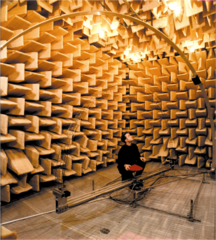
Students use the engineering design process to design and create soundproof rooms that use only one type of material. They learn and explore about how these different materials react to sound by absorbing or reflecting sound and then test their theories using a box as a proxy for a soundproof room. ...
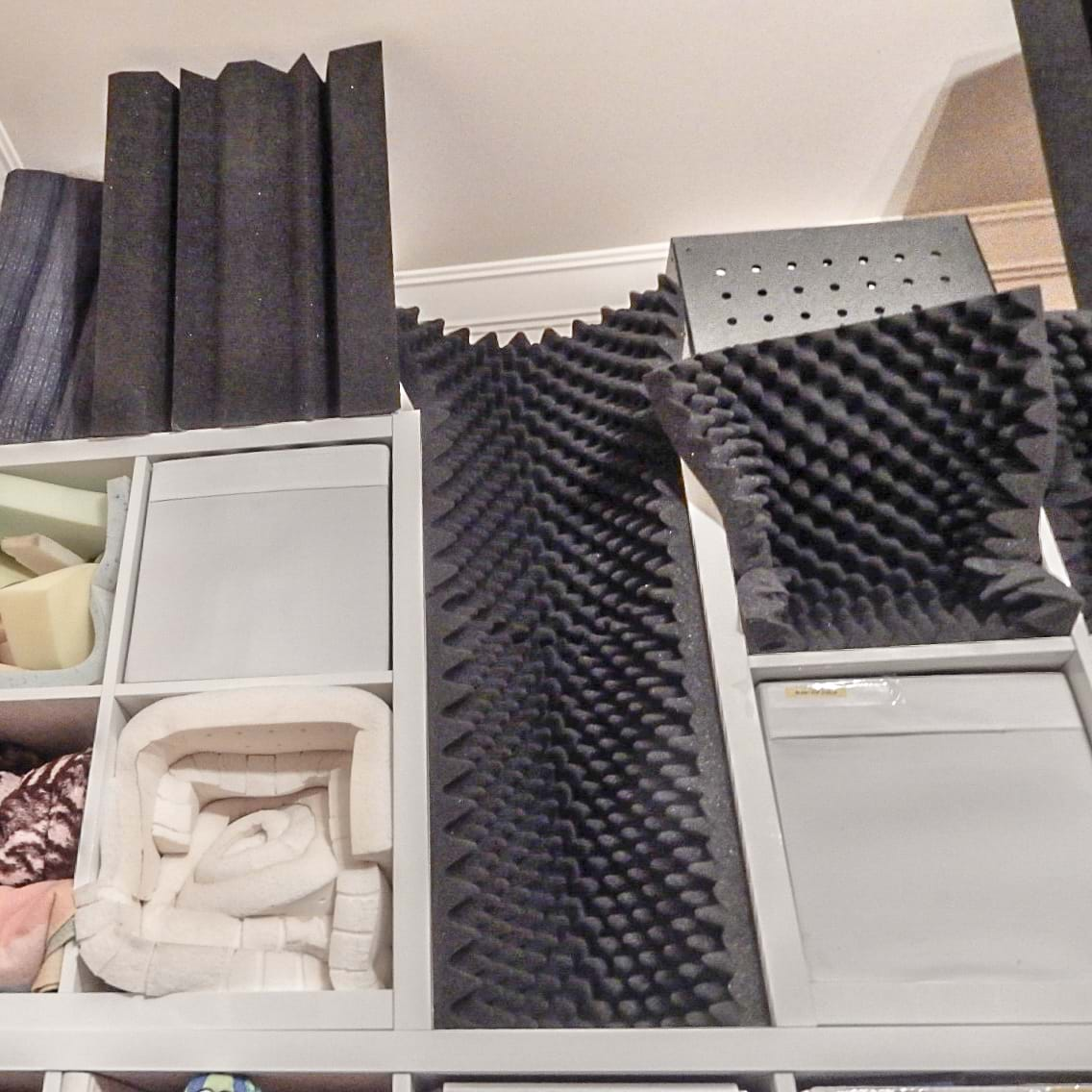
Dictionary.com. Lexico Publishing Group, LLC. Accessed December 19, 2005. (Source of some vocabulary definitions, with some adaptation.) http://www.dictionary.com
Contributors
Supporting program, acknowledgements.
The contents of this digital library curriculum were developed under grants from the Fund for the Improvement of Postsecondary Education (FIPSE), U.S. Department of Education and National Science Foundation (GK-12 grant no. 0338326). However, these contents do not necessarily represent the policies of the Department of Education or National Science Foundation, and you should not assume endorsement by the federal government.
Last modified: March 17, 2021
Resources you can trust
Sound experiment – talking string
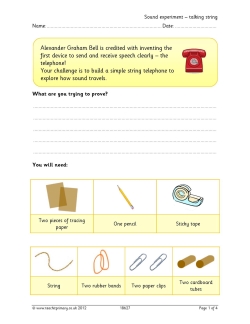
Just like Alexander Graham Bell, explore how sound can travel. Children create a simple string telephone and explore how the width of the string affects the quality of the sound received.
A super KS2 sound investigation to support your science teaching.
All reviews
Have you used this resource?
Resources you might like
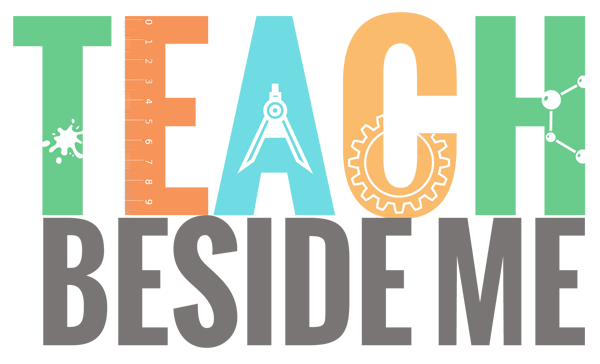
5 Sound Wave Experiments for Kids
This post may contain affiliate links.
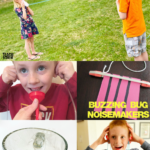
Teaching little ones about the 5 senses can be so much fun! Today I want to show you some fun and easy sound wave experiments you can do with your kids!
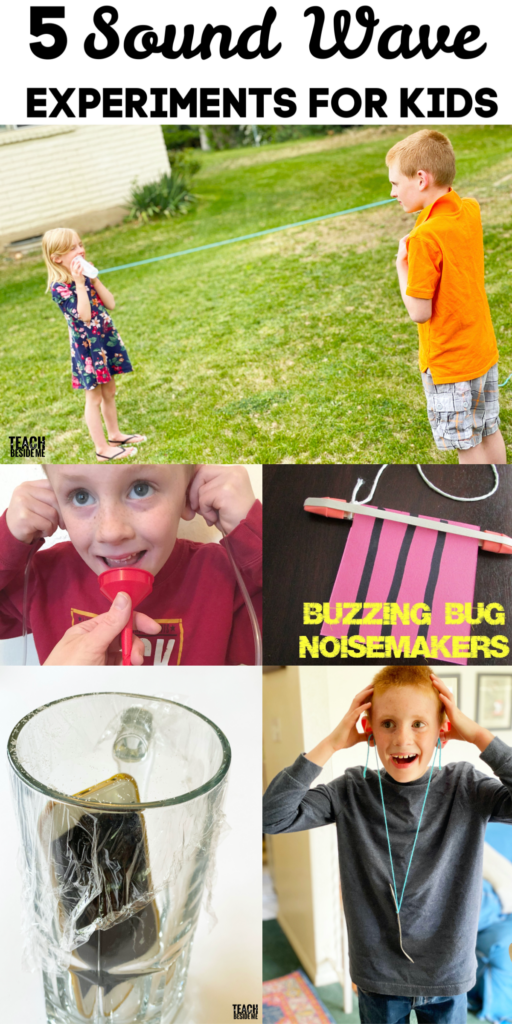
Sound Wave Experiments for Kids:
Following are five fun sound wave experiments you can make at home with just a few simple supplies. Your kids or students will love them. If you are teaching about the human body and how ears work, or maybe have a lesson on the five senses, I am sure you will find one of these that will work perfectly for you!
Experiment #1 The Magic Ear Trick
The first sound wave experiment is this magic ear trick. This sound trick makes you think the sound is coming from the opposite direction from where it really is coming from. It tricks your brain! We saw this at a science museum a few years back and my kids had so much fun with it that we wanted to try to recreate it at home.
To make it, you need small tubing (I got this fish tank tubing ), two small plastic funnels and a piece of PVC pipe or paper towel tube.
Attach a funnel to the end of each piece of tubing. We secured ours with duct tape .
Put the tubing through the pipe with each one going in the opposite direction.
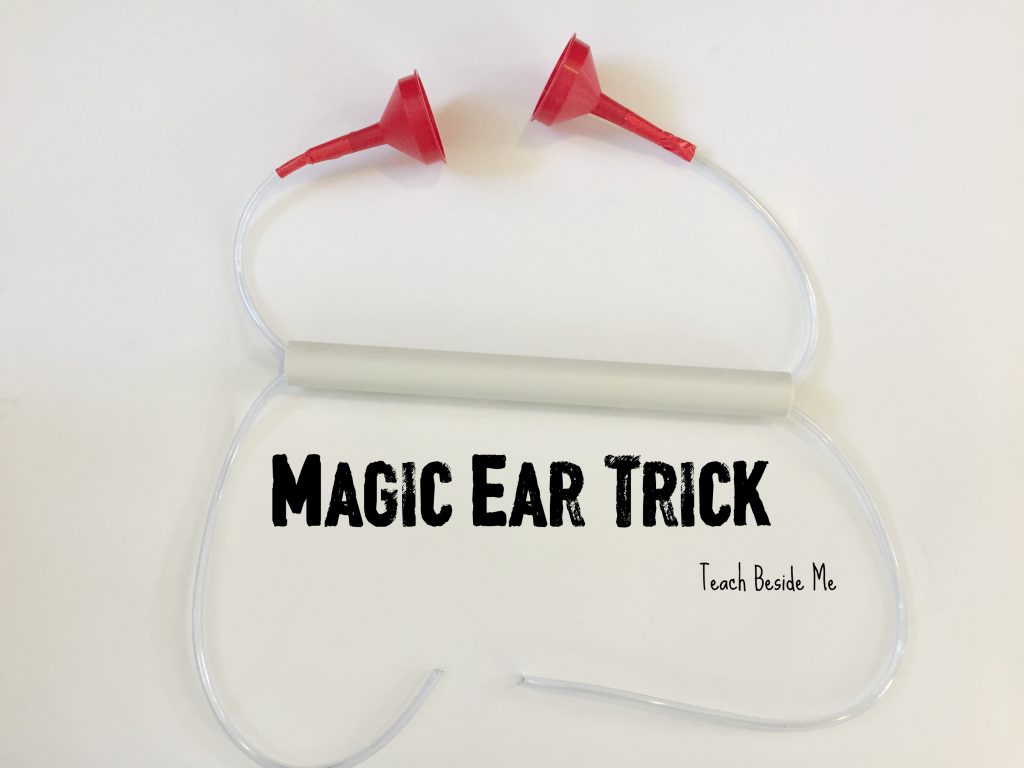
Place the end pieces in each ear.
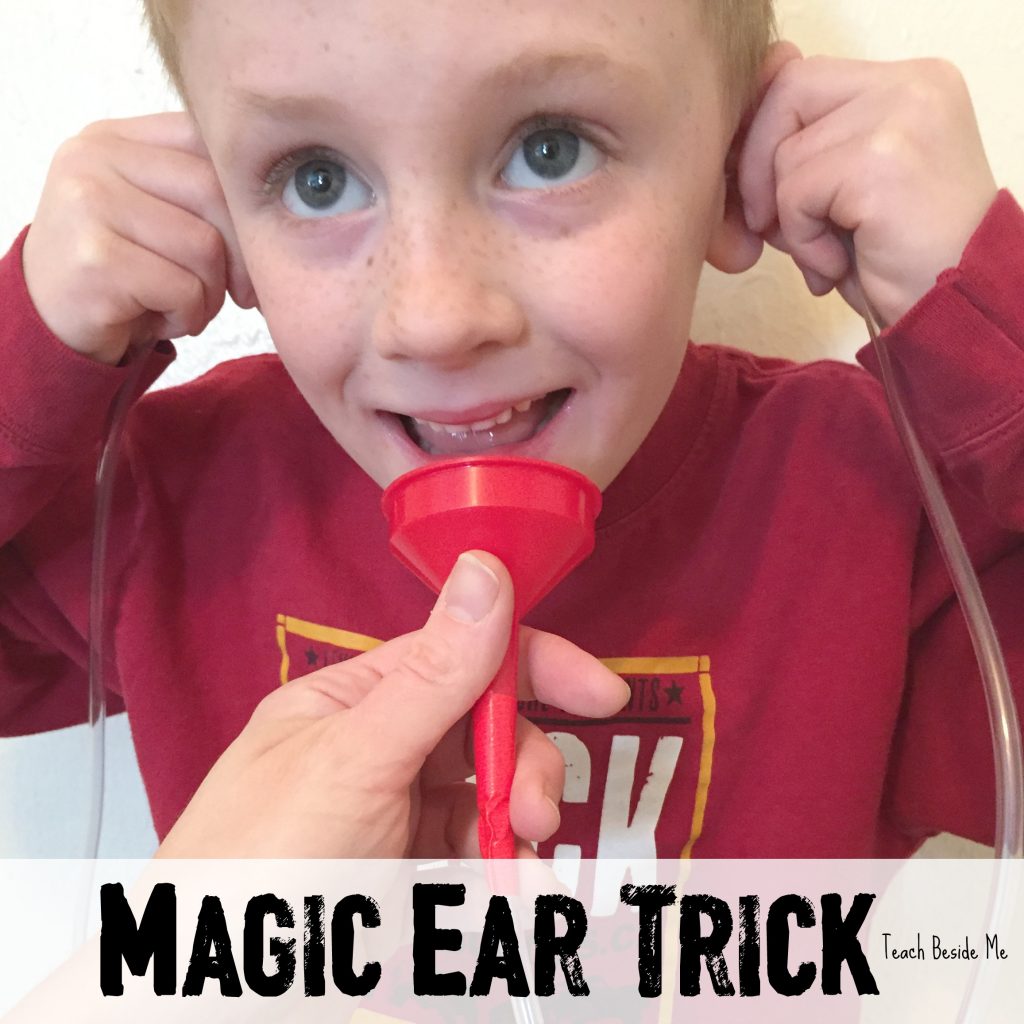
Have someone talk into the different funnels. You could move it up behind their head so they don’t know which one you are talking into. Then let them guess which side you are talking on. It will be the opposite ear from where you are making it like a magic trick!
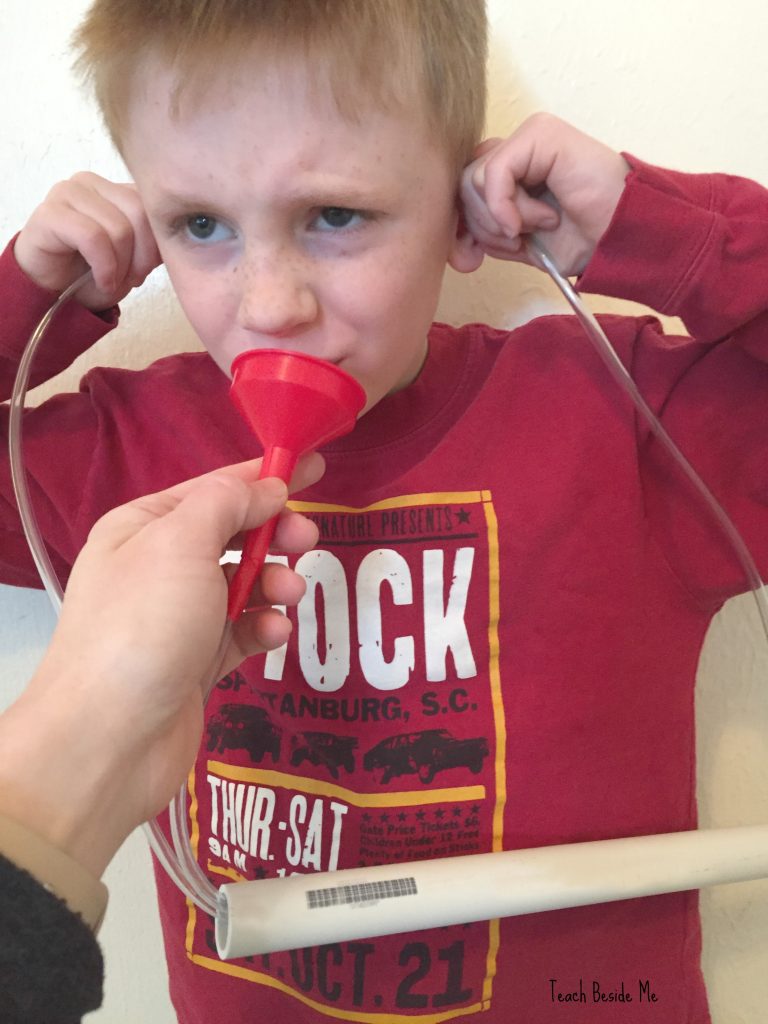
It’s really funny to watch kids faces when they hear it. I love his confused look in that picture above! It got my son laughing so hard that he could not tell where the noise was coming from!
What’s Happening?
The sound is traveling through the tubes, Your brain thinks the one on the right will be heard in the right ear, but it is the opposite! It tricks your mind and confuses you!
Sound Wave Experiment #2 The Ringing Fork on a String
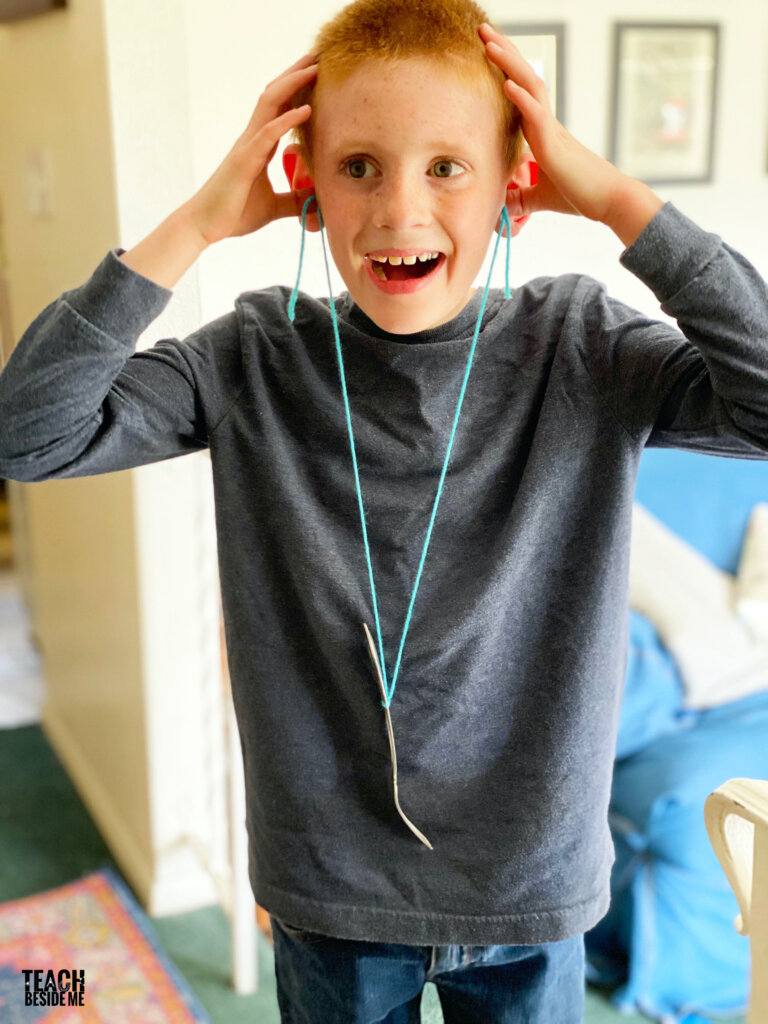
For this simple sound wave experiment you just need a fork or a spoon tied onto a piece of yarn. Make sure the yarn is long enough to hang down from your ears to around your chest or stomach. Tie the fork right in the center of the piece of yarn or string.
Now, tuck the ends of the yarn into your ears and tap the fork on an object. You will hear a large gonging sound or a ringing in your ears! The funny thing about this is that nobody else hears it like you do. And everyone is shocked at how loud the sound is!
The Science Behind It:
When the fork hits another surface it will vibrate. These vibrations make the air around it move, too. These are sound waves! The vibrations, or sound waves, move up the string and allow your ears to hear it. Sound travels best through a solid object, no the air.
Sound Wave Experiment #3 Make a Cup and String Phone
This is a great classic experiment that’s been around as long as I can remember. But it is still so much fun to do with young kids! You need two plastic or paper cups and a long piece of string or yarn.
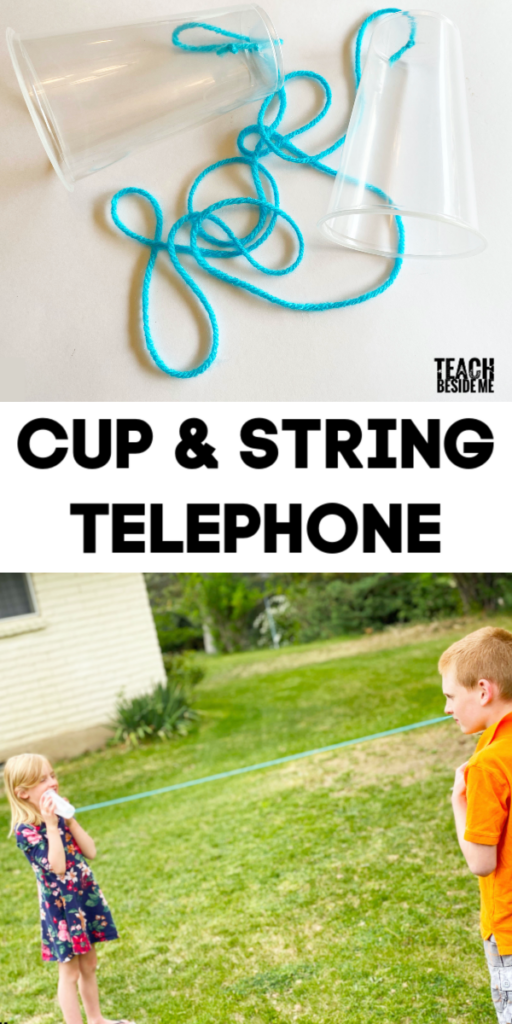
Poke a small hole in the bottom of each cup. Put the string through the holes and tie knots on the inside to keep the string in place. Do this with both cups.
Now pull the string tight- it needs to be tight for the phone to work and the sound waves to be able to travel through the string. On person puts the phone to his or her ear and the other to their mouth. Whisper or talk quietly into the cup and the other person will hear the sound of your voice in the cup!
My kids like to make two to use at once, then they can both talk and listen without switching the cups back and forth.
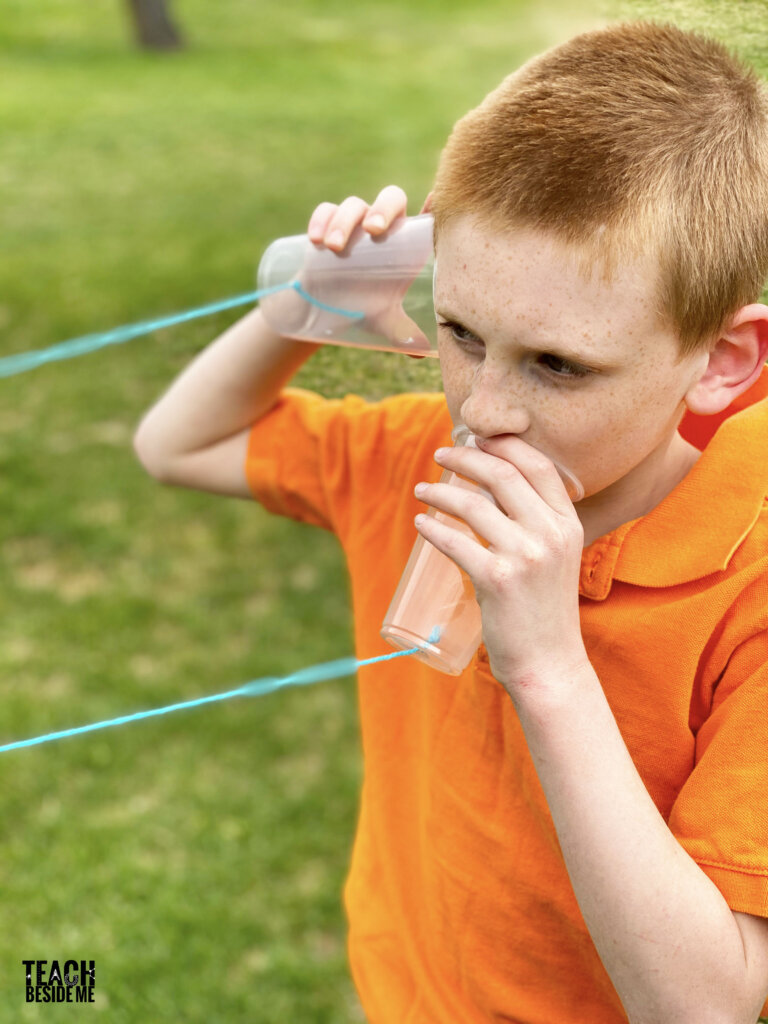
When we talk, our vocal cords vibrate beginning the motion of the sound waves. Our ears have tiny hairs inside that pick up those sound wave vibrations and send them to our brain to translate. When you talk through the phone, the string carries those waves from one cup to the other allowing us to hear each other!
Experiment #4 Make a Buzzing Bug Noisemaker
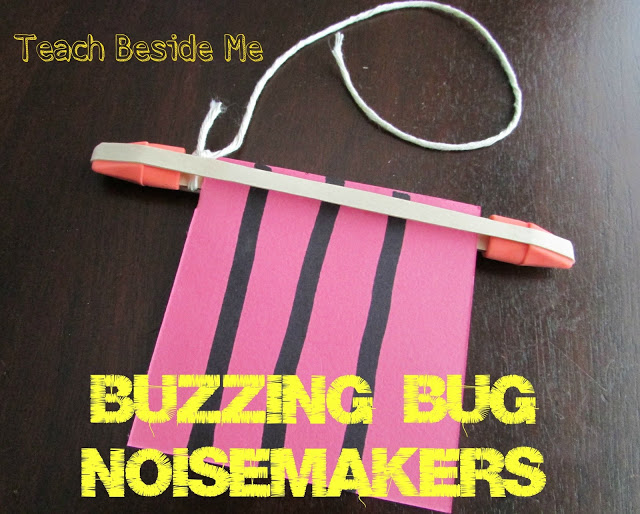
This is a fun experiment! You can find all of the instructions to make it here: Sound Experiment: Buzzing Bug Noisemaker Toy
This buzzing bug noisemaker simulates the sound of insect wings that bus when they fly. It’s simple to make and kids love playing with them! You just spin them around and listen to them buzz.
Sound Wave Experiment #5 Seeing Sound Waves~ Dancing Sugar
This is an easy experiment to put together and a great visual for seeing how sound waves work!
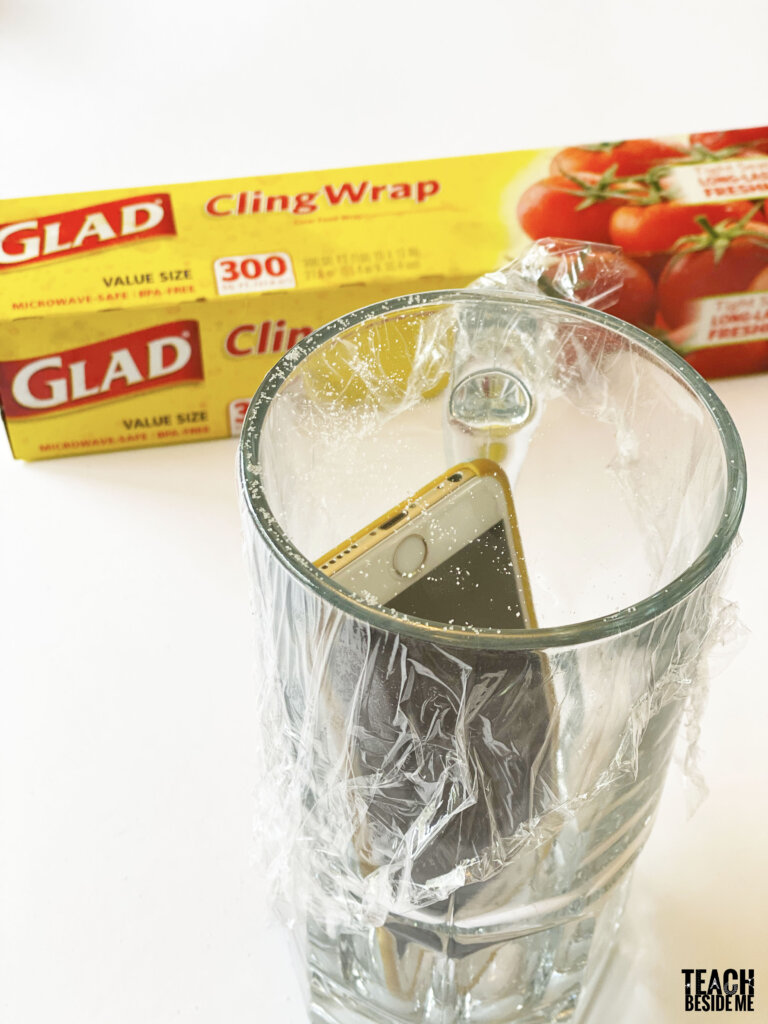
Put a phone in a glass. Turn on some loud music with a lot of great bass. Cover the glass with plastic wrap and sprinkle some grains of sugar on top of the plastic wrap. You will be able to see the sugar dance! It is really cool.
Now explain to the kids how this works! The vibrations from the sound waves are making the sugar move.
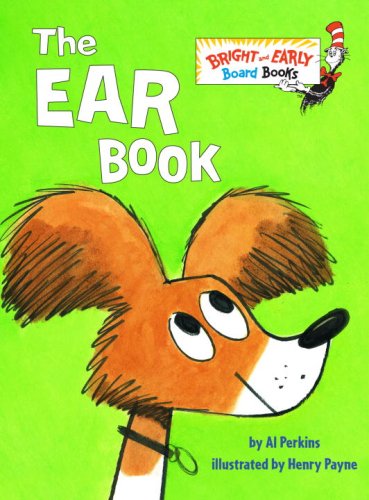
Expand this lesson on ears and sound by reading The Ear Book by Al Perkins with your kids. It’s such a fun one!
Want more sensory activities for the 5 senses? Check these ones out:
- Try this Guess the Spice Activity for the sense of smell.
- Try this Tapioca Pearl Sensory Play activity for the sense of touch.
- Try a Cake Chemistry Experiment for the sense of taste.
- Try Color Mixing with Light for the sense of sight.
- Five Senses Activities for Kids
Former school teacher turned homeschool mom of 4 kids. Loves creating awesome hands-on creative learning ideas to make learning engaging and memorable for all kids!
Similar Posts
Poetry drawings ~ poetry books for kids.
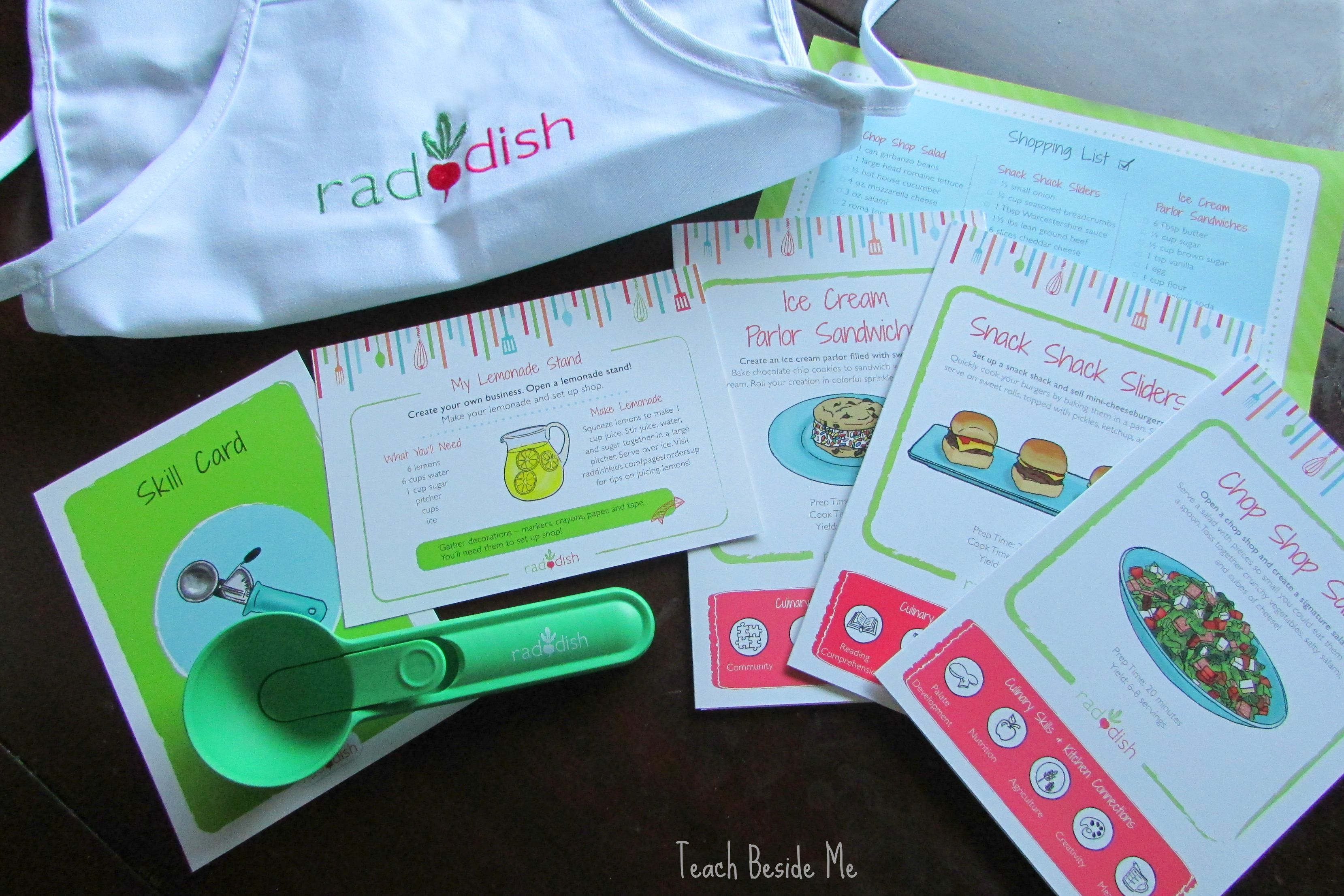
Kids in the Kitchen with Raddish Kids!
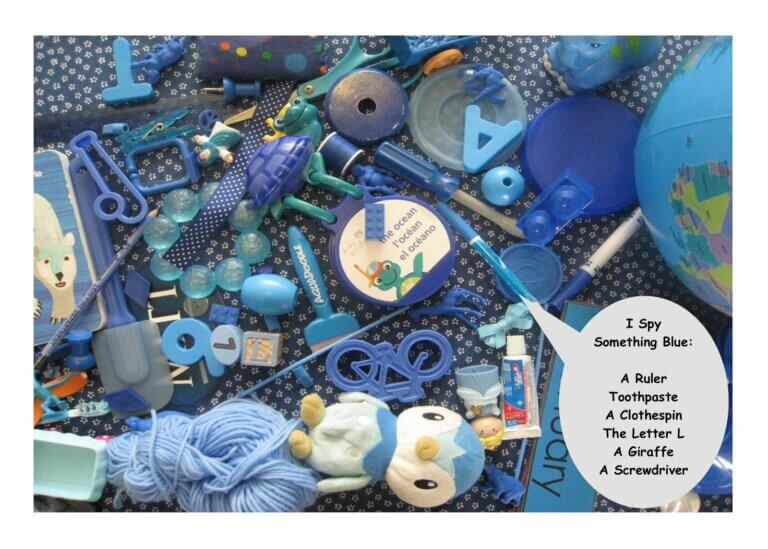

I Spy Pictures ~Yellow and Blue
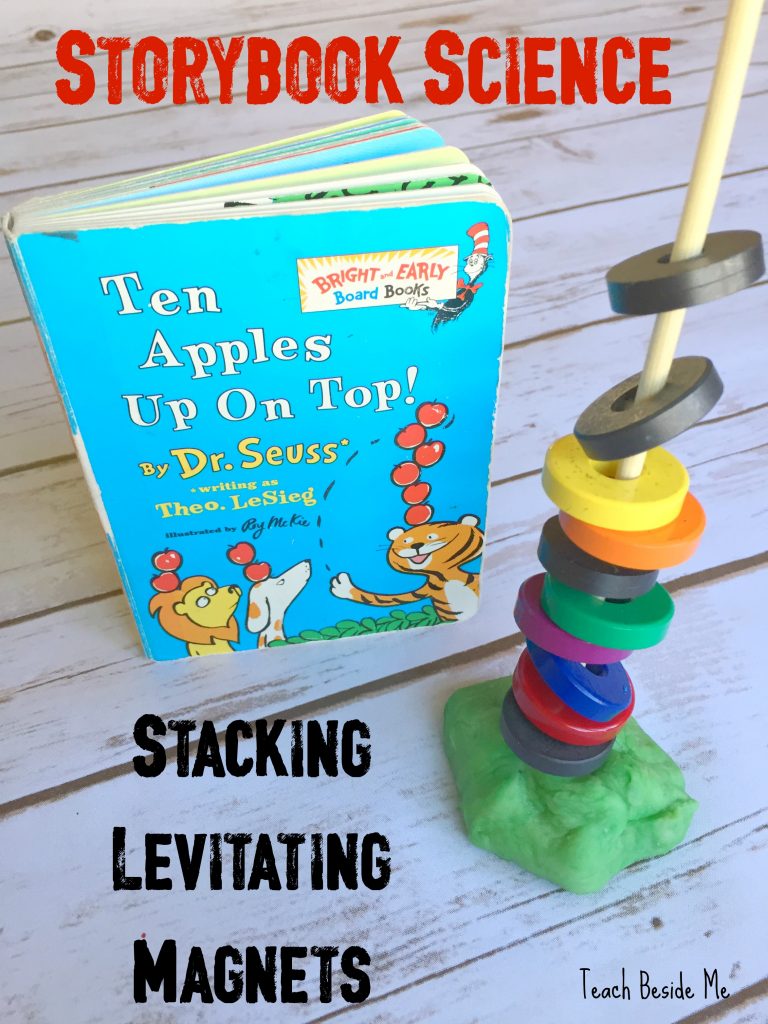
Storybook Science: Stacking Levitating Magnets
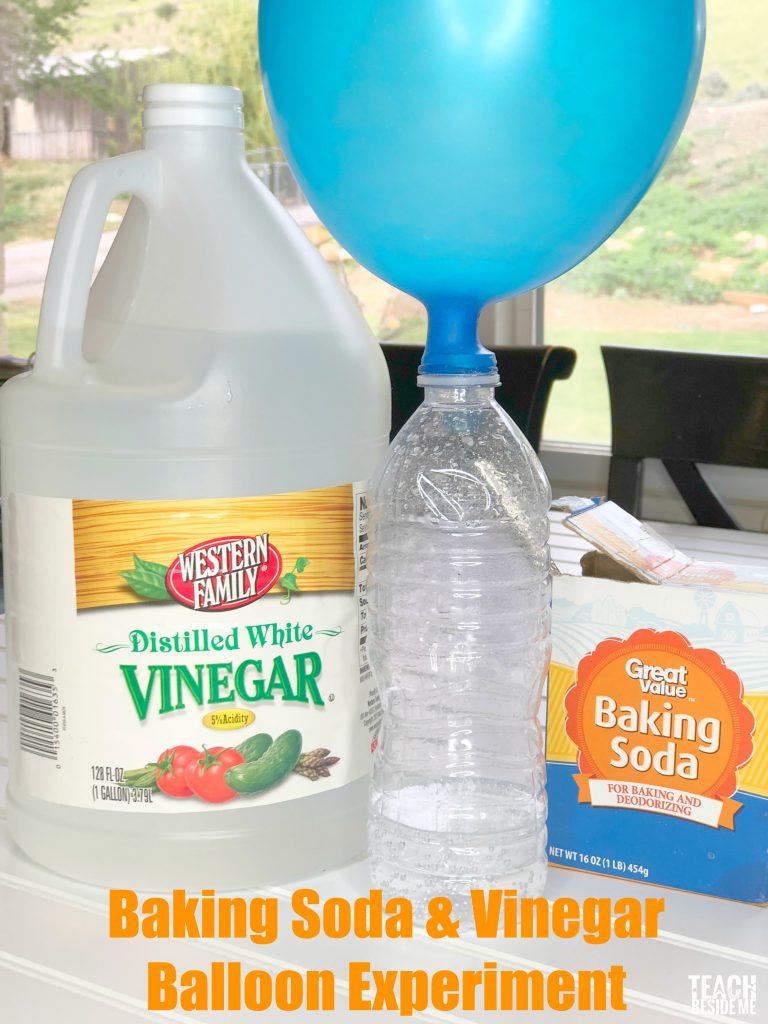
Self Inflating Balloon: Baking Soda and Vinegar Balloon Experiment
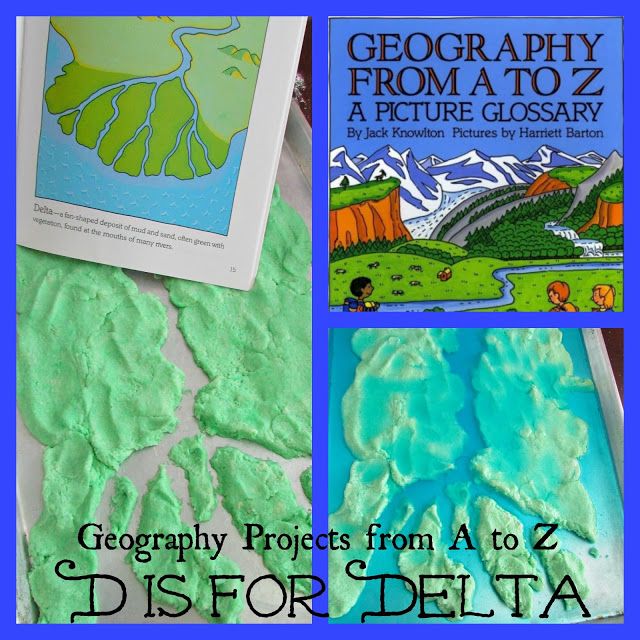
Sound travels through materials
Subject: Primary science
Age range: 7-11
Resource type: Other
Last updated
16 July 2020
- Share through email
- Share through twitter
- Share through linkedin
- Share through facebook
- Share through pinterest

Tes classic free licence
Your rating is required to reflect your happiness.
It's good to leave some feedback.
Something went wrong, please try again later.
Just what I need to make my lesson interactive and fun . Thank you
Empty reply does not make any sense for the end user
I think this is the animation that goes with it?<br /> http://resources.hwb.wales.gov.uk/VTC/16022007/sound_travels/lesson.html
sallyjones121
This looks great, but there are no animations or interactive materials.
Some great activity ideas but where are the animations and interactive activities?
Great ideas, where are the resources? <br />
Report this resource to let us know if it violates our terms and conditions. Our customer service team will review your report and will be in touch.
Not quite what you were looking for? Search by keyword to find the right resource:
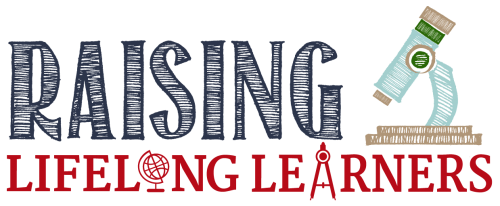
String Telephone Explanation: How Sound Waves Travel
Learn all about sound in this super-fun science twist on the classic tin can telephone activity. This version is even more kid-friendly because it uses Styrofoam cups. After making your string telephone, read the string telephone explanation with your kids to discover why it works!
Learn how sound waves travel in this super-fun science twist on a classic kid’s activity!
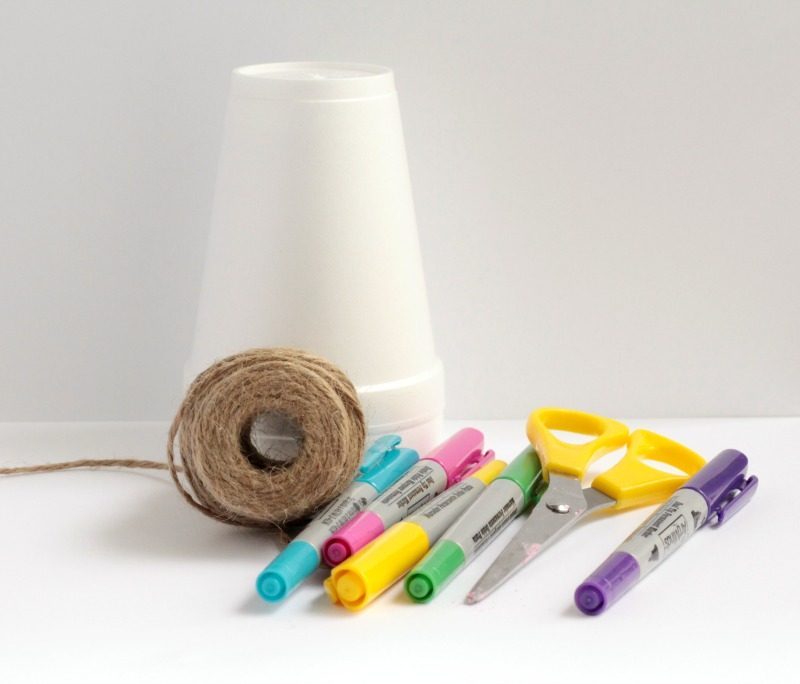
You’ll need just a few things for this project:
- Styrofoam or paper cups
- Cotton twine
Use the scissors to poke a little hole in the bottom of each cup.
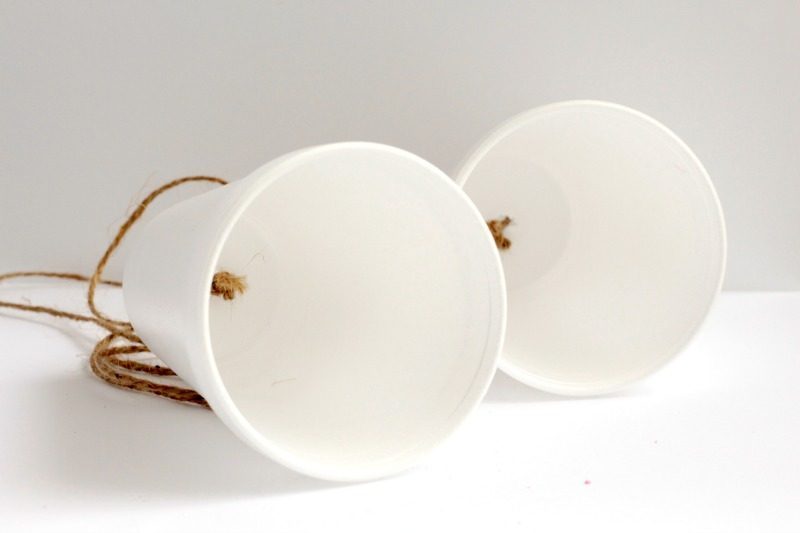
String a piece of twine between the cups. Use a long piece of string to help the sound travel farther.
Tie a knot in the end of the string to keep it in the cup.
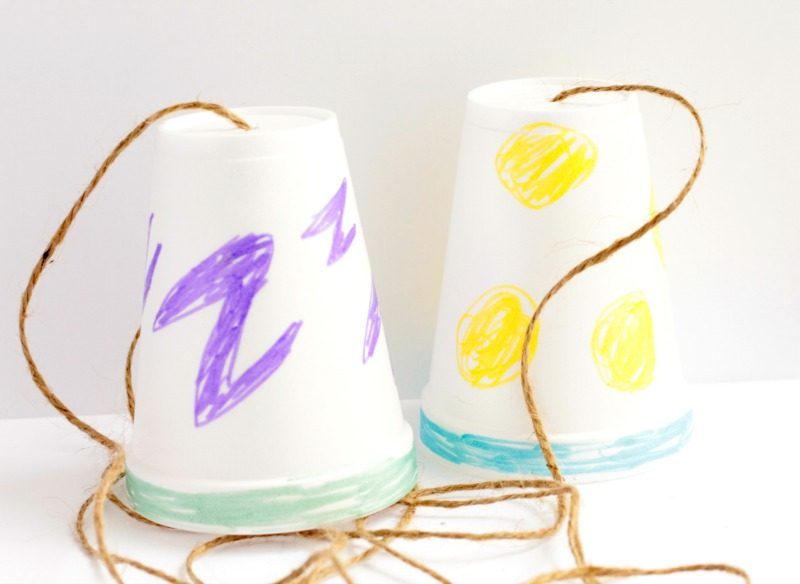
Decorate the cups if desired.
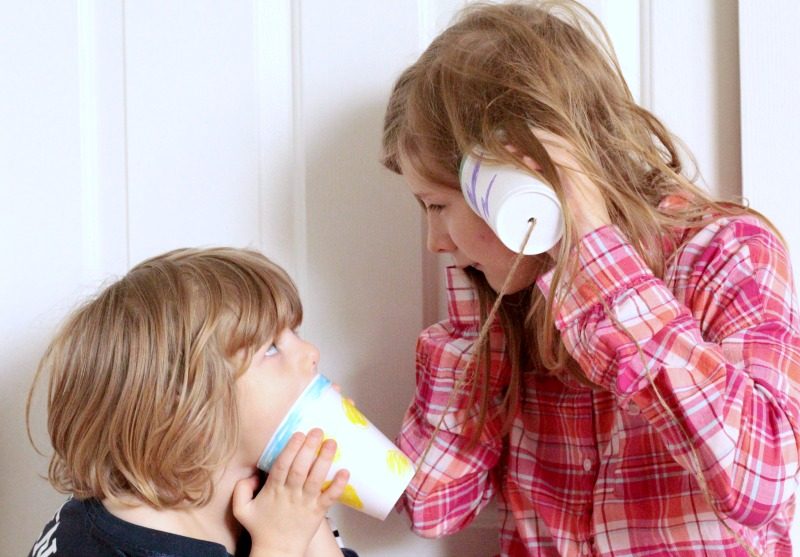
One person can hold the phone up to their ear and the other person can talk into the other cup. Keep the string tight or the sound waves won’t travel correctly.
String Telephone Explanation
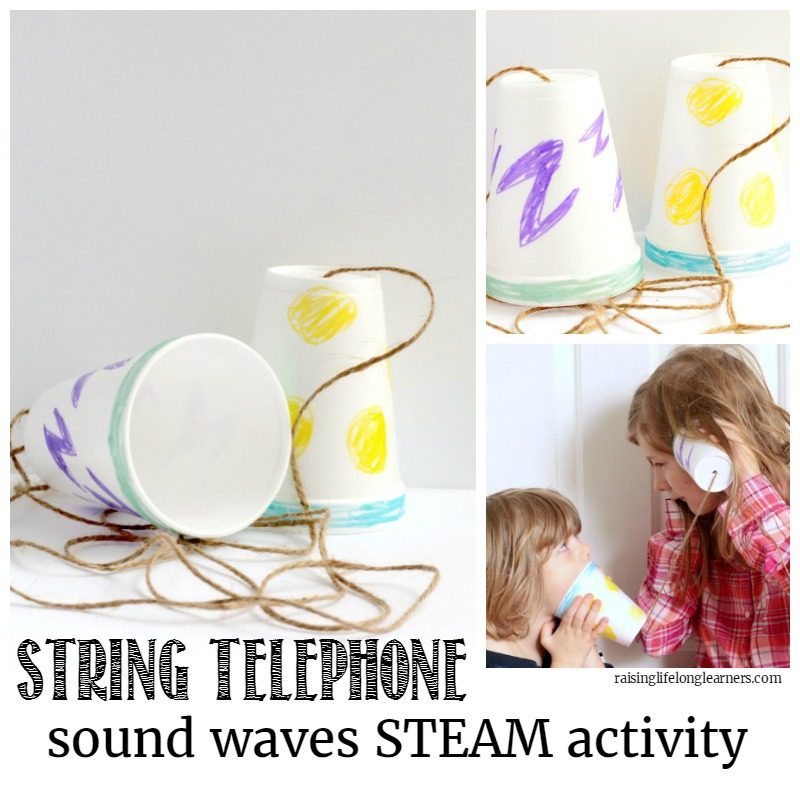
Sound waves are created when sounds make vibrations in the air. In this activity, your voice vibrates the air inside the cup, which are then transferred to the bottom of the cup. The bottom of the cup passes the sound waves to the string, and so on to the other cup. You can hear surprisingly far using a string telephone if help the right way!
If the string is kept tight, the sound waves will travel. If the string is loose, the sound is less. This is because the lose string causes the vibrations to travel all around rather than directly down the string. Try experimenting with different lengths of string, types of string, and types of cups to see which produces the best sound over the longest distance.
Old landline phones were created using the same principle as a string telephone. The sound waves are turned into an electrical signal that can travel much farther than a simple string.
What other sound activities can you try with your kids after doing this one? Share your ideas with us!
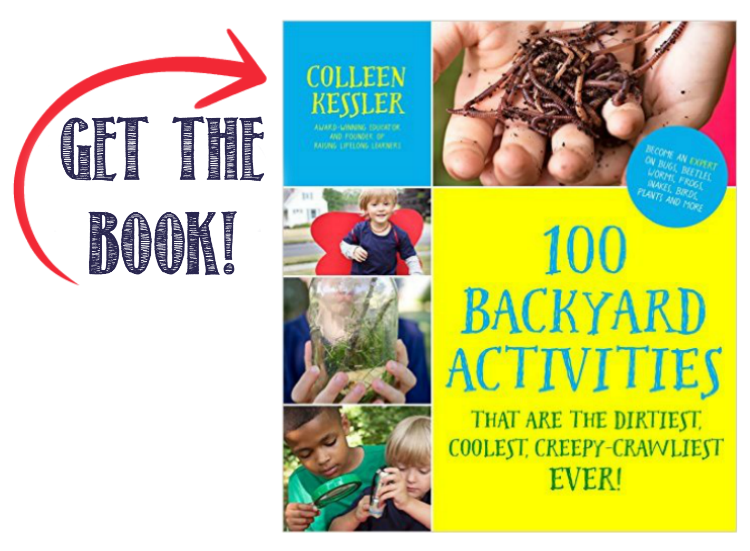
More fun science for kids:

- Remembering Violet
- Sensory Bins
- Light Table
- Sight Words
- Valentine's Day
- St. Patrick's Day
- Thanksgiving
Underwater Sound Experiment for Kids
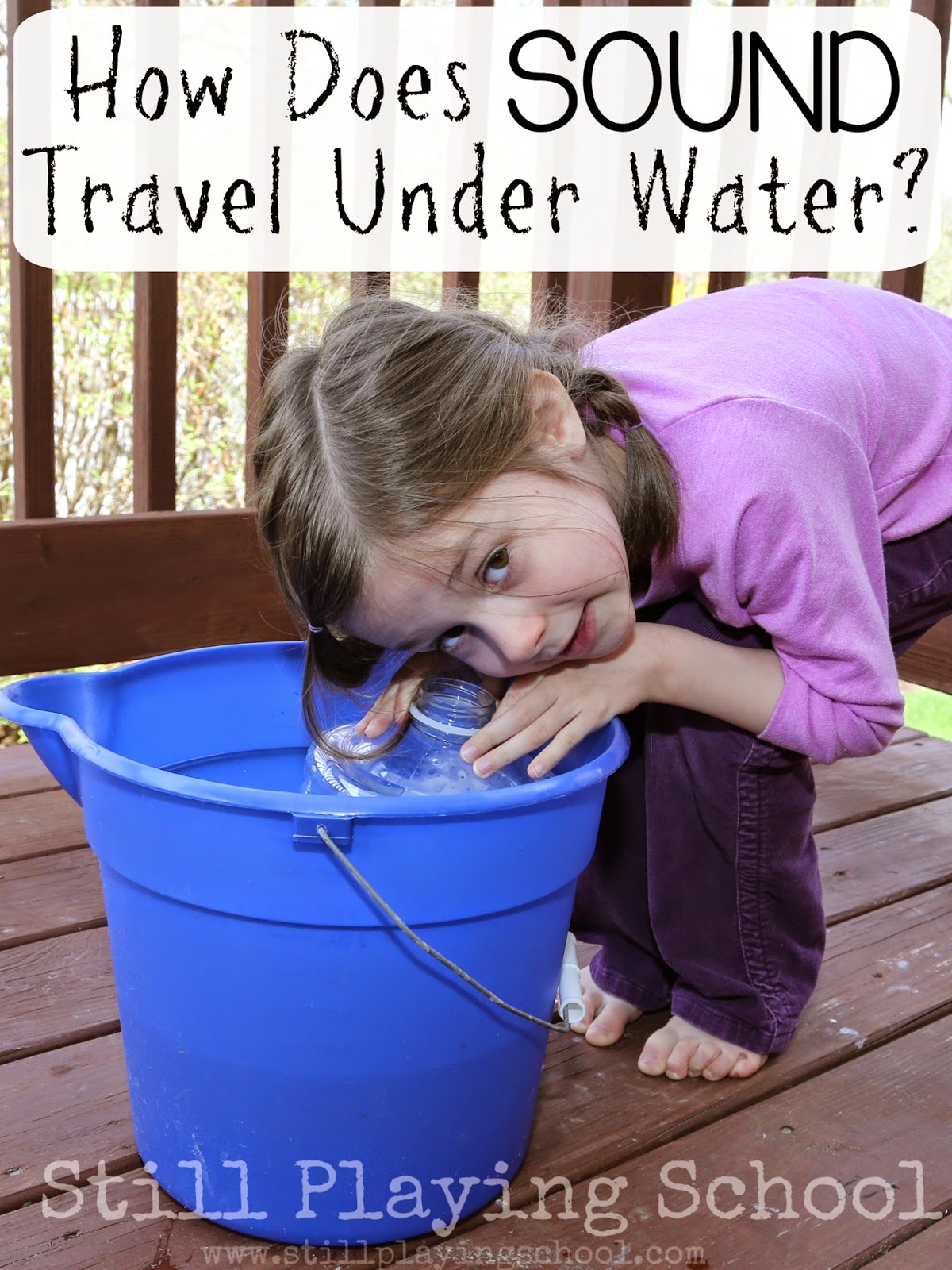
For all of our play based learning activities please follow Still Playing School on Facebook , Pinterest , Instagram , & Twitter !
No comments :, post a comment.
You'll need JavaScript enabled to experience the full functionality of this site. Please enable JavaScript by following the instructions at enable-javascript.com .
Sorry, the browser you're currently using is not supported by this site. Please upgrade your browser by following the instructions at browser-update.org .

How Sound Travels (Year 4)
Write a review

Choose your format:
Save to Your Lessons
Save to Homework
Share resource
Your download limit has been reached!
Check out our FAQs for more info.
This worksheet checks children’s understanding of how sound travels. They will need to demonstrate that they understand that sound needs a medium to travel through by filling in the gaps in the sentences and explaining the scenarios provided.
Answers are included, so children can mark their own work.
- Key Stage: Key Stage 2
- Subject: Science
- Topic: Sound
- Topic Group: Physical Processes
- Year(s): Year 4
- Media Type: PDF
- Resource Type: Worksheet
- Last Updated: 25/10/2023
- Resource Code: S2WAE164
Related Topics:
Other Teachers Downloaded...

Sound — How Do We Hear Sounds? (Year 4)
- Key Stage 2 Science

How Sound is Made — Reading Comprehension (Year 4)

How Sounds Change Over Distance (Year 4)

Sound — Volume Activity (Year 4)

Sound and Distance — Spot the Mistakes (Year 4)

How We Hear Sounds — Anagrams (Year 4)
No reviews (yet!)
Related Resources

Can We Hear in Space? (Year 4)

Stopping Sound (Year 4)

Volume and Vibrations (Year 4)

Making Ear Defenders (Year 4)

How Vibrations From Sounds Travel to the Ear (Year 4)

String Telephone Activity (Year 4)

Sound Experiments — Drum and Spoons (Year 4)

Understanding Sounds (Year 4)

Tuning Forks Activity (Year 4)

How are Sounds Made? (Year 4)

Why sounds get fainter over distance (Year 4)
Cookies are disabled on your browser. This means some features of the site won't be fully available to you.
CGP uses cookies to give you a smooth shopping experience and to help us understand how well our site is working. To agree to us using all cookies, click 'Accept', or to reject optional cookies click 'Customise'.
Accept cookies Customise cookies
- STEM Ambassadors
- School trusts
- ITE and governors
- Invest in schools
- STEM careers inspiration
- Benefits and impact
- Our supporters
- Become a STEM Ambassador
- Request a STEM Ambassador
- Employer information
- Training and support
- STEM Ambassadors Partners
- Working with community groups
- Search icon
- Join the STEM Community
Year 2: Sound
This list consists of lesson plans, activities and video clips to support the teaching of sound at Year Two. It contains tips on using the resources, suggestions for further use and background subject knowledge. Possible misconceptions are highlighted so that teachers may plan lessons to facilitate correct conceptual understanding. Designed to support the new curriculum programme of study it aims to cover many of the requirements for knowledge and understanding and working scientifically. The statutory requirements are that children are taught to:
• identify how sounds are made, associating some of them with something vibrating
• recognise that vibrations from sounds travel through a medium to the ear
• find patterns between the pitch of a sound and features of the object that produced it
• find patterns between the volume of a sound and the strength of the vibrations that produced it
• recognise that sounds get fainter as the distance from the sound source increases.
Visit the primary science webpage to access all lists: www.nationalstemcentre.org.uk/primaryscience
Listening to Sounds
Quality Assured Category: Science Publisher: Teachers TV
This short video is a lovely little clip to show at the start of a lesson on observing and naming sources of sound. Try asking children to close their eyes and then identify the sounds.This encourages children to think about their auditory surroundings. The sounds include: a doorbell, car horn, opening a can of drink, sawing a log, drilling a hole and cracking walnuts.
Have fun at the end identifying the 10 mystery sounds in a listening quiz!
This could be further developed by asking children in groups to create their own sounds from around school, record them and play them back for the class to guess what they are.
Nocturnal Animals (Age 5 to 7)
Quality Assured Category: Science Publisher: Wildscreen ARK (previously ARKive)
Children listen to sound recordings of different animals and try to match the sounds to the images of animals on the worksheet provided. Ask children have their eyes shut to encourage them to rely solely on their sense of hearing to identify the sounds.

Assembly on Sound
Quality Assured Category: Science Publisher: Association for Science Education (ASE)
Carrying out a class survey on sounds is a great way of working scientifically to find out about the world. Try out the ideas on page 4.
Another idea is to play some different sounds and talk about children's favourite sounds. Choose six then ask the class to vote on them and to create a living bar chart with children as the bars, showing which is the most popular. This could be repeated for the least favourite sound. This is a good way of representing data without having to write it down.
Linking to music - children could listen to various instruments and decide which ones they prefer. Discuss higher and lower pitch sounds and ask children in groups to expore the instruments and order them from low to high.

Describing Sounds
This starter shows the emotional responses to various sounds. A sound is played by a professor and his assistant holds up a sad, smiley or neutral face.
It could lead to a discussion about why they like certain sounds and the feelings sounds can create in people. This could be followed by a lesson where children create sounds for each other and show their responses.
A short clip of an alarm bell ringing. It shows that when standing close to the alarm it seems quite loud. As you move away from the clock the alarm sounds quieter. This helps show that the distance from the source of a sound will affect how loud it seems. Children could investigate different sources of sound and see how far away they can go and still be able to hear it. They could then compare the sources to see which creates the loudest sound.
Children could work in pairs with one child whispering a word and the other with their back to them repeats the word. Repeat after moving one step away from the child who whispered the word. See how far away they can get and still hear the word. This could lead into a discussion about how we can talk to people who aren't close to us and the use of telephones.
Explore, Discover, Inspire: Practical Work in Primary Science
Quality Assured Category: Science Publisher: SCORE
The lesson idea on pages 15 -16 on the pdf uses a story 'Peace at Last' to introduce a problem for the children to solve. Children identify loud and quiet sounds and then investigate ways to stop sounds from entering their ears. This provides an opportunity for children to carry out a simple investigation with some independence.

- Skip to primary navigation
- Skip to main content
- Skip to primary sidebar

- FREE Experiments
- Kitchen Science
- Climate Change
- Egg Experiments
- Fairy Tale Science
- Edible Science
- Human Health
- Inspirational Women
- Forces and Motion
- Science Fair Projects
- STEM Challenges
- Science Sparks Books
- Contact Science Sparks
Muffling Sound investigation
April 28, 2014 By Emma Vanstone 6 Comments
We’ve talked about properties of materials before when we investigated how waterproof materials are or how strong they are, we’ve even organised different objects by the material they’re made from by looking at the properties of those materials.
Today we’re going to explore how some materials are better at absorbing sound than others.
Sound Investigation
You’ll need
A cardboard tube
Bubble wrap, kitchen towel or anything else you think might absorb sound.

Instructions
Place the tube to the ear of a friend and speak ( not too loudly ) into the tube. Can they hear what you are saying?
Try again, but this time fill the tube with the bubble wrap first and try to speak at the same volume you did before. Can they still hear you?
Do the same thing with all your different materials.
Can you design a table to record your results? Which material muffles the sound the most?

Things to think about
Do you know why you need to speak at the same volume each time?
This is because when we experiment, we usually have one variable ( one condition we change ), and everything else must stay constant to test each variable fairly.
If you wanted to try speaking at different volumes you’d need to keep the material inside the tube constant.
Extension task
Can you use different length tubes?
How else can you block sound? What if you cover your ears with your hands? Is it different with your fingers open and closed?
Great for Key Stage 2 Science
Obtaining and presenting evidence
Recording information
Last Updated on April 28, 2023 by Emma Vanstone
Safety Notice
Science Sparks ( Wild Sparks Enterprises Ltd ) are not liable for the actions of activity of any person who uses the information in this resource or in any of the suggested further resources. Science Sparks assume no liability with regard to injuries or damage to property that may occur as a result of using the information and carrying out the practical activities contained in this resource or in any of the suggested further resources.
These activities are designed to be carried out by children working with a parent, guardian or other appropriate adult. The adult involved is fully responsible for ensuring that the activities are carried out safely.
Reader Interactions
May 08, 2014 at 2:03 pm
I love experiments when you can vary one variable. Of course, in this case it’s technically two unless you are guaranteed to always use the sound of the same volume, for example, a music playing at the same volume. I am featuring this post at After School Round Up this week.
May 08, 2014 at 8:44 pm
Thanks Natalie 🙂 Music is a great idea.
May 12, 2014 at 1:31 am
Very cool! Thanks for sharing at After School!
November 18, 2016 at 7:36 am
November 18, 2016 at 7:37 am
Leave a Reply Cancel reply
Your email address will not be published. Required fields are marked *

IMAGES
VIDEO
COMMENTS
Listen to Sounds Travel Underwater. Sound travels well through air, but it travels even better through water! This easy sound experiment for kids can be done in a jiffy out on the back porch. Supplies Needed: A bucket filled with water; A large plastic water or soda bottle At least 2 kitchen knives; Scissors or sharp knife to cut the bottle ...
the speed of sound in air is approximately 340 m/s. a high frequency sound wave has a high pitch. large amplitude sound waves are loud. reflected sound is called an echo. the range of human ...
Year 4: Sound. This list consists of lesson plans, activities and video clips to support the teaching of sound at Year Four. It contains tips on using the resources, suggestions for further use and background subject knowledge. Possible misconceptions are highlighted so that teachers may plan lessons to facilitate correct conceptual understanding.
Students investigate how sound travels through string and air. First, they analyze the sound waves with a paper cup attached to a string. Then, they combine the string and cup with a partner to model a string telephone. Finally, they are given a design challenge to redesign the string telephone for distance. They think about their model as it compares a modern telephone and the impact the ...
4d1: identify how sounds are made, associating some of them with something vibrating. 4d2: recognise that vibrations from sounds travel through a medium to the ear. 4d3: find patterns between the pitch of a sound and features of the object that produced it. 4d4: find patterns between the volume of a sound and the strength of the vibrations that ...
Students explore how sound waves move through liquids, solids and gases in a series of simple sound energy experiments. Understanding the properties of sound and how sound waves travel helps engineers determine the best room shape and construction materials when designing sound recording studios, classrooms, libraries, concert halls and theatres.
KS2 Science Sound learning resources for adults, children, parents and teachers.
Teacher Notes. Pupils can experiment with making sounds using just their own bodies and voices. Because sound needs a medium to travel through, they can discuss the media with which they are ...
This great PowerPoint is a fantastic introductory resource for your KS2 sound lessons in science. With in-depth information on sound waves, vibration and how sound travels through the different states of matter.This is a brilliant resource to effectively explain the process of the creation of sound and how we hear it. Designed and approved by qualified teachers, this PowerPoint is beautifully ...
Sound experiment - talking string. Just like Alexander Graham Bell, explore how sound can travel. Children create a simple string telephone and explore how the width of the string affects the quality of the sound received. A super KS2 sound investigation to support your science teaching. A KS2 science investigation to understand how sound ...
From 2014, students should learn about: • frequencies of sound waves, measured in hertz (Hz); echoes, reflection and absorption of sound. • sound needs a medium to travel in. • the speed of sound in air, in water, in solids. • sound produced by vibrations of objects, in loudspeakers, detected by their effects on microphone diaphragm and ...
Sound Wave Experiment #2 The Ringing Fork on a String. For this simple sound wave experiment you just need a fork or a spoon tied onto a piece of yarn. Make sure the yarn is long enough to hang down from your ears to around your chest or stomach. Tie the fork right in the center of the piece of yarn or string.
3. A Kazoo Like a Drum. With the Make a Kazoo activity, students make a simple kazoo from a cardboard tube and then perform a series of tests to see how the sound from the kazoo changes as the design of the kazoo changes. Although tubular in form, the way a kazoo makes noise is similar to how a drum works, as sound waves bounce down the tube to strike the covering (membrane) at the end.
How Sounds Change Over Distance (Year 4) Children can learn about how and why sound changes over distance with this worksheet. They must select several objects that produce sound and record how far they can travel from the object before they can no longer hear the sound. The accompanying questions challenge them to explain why volume decreases ...
doc, 38.5 KB. This resource uses animations and interactive activities to explain to pupils how sound can travel through all materials not just air and that some materials are better than others at conducting sound. The pupil's understanding can be tested with the follow up investigation into what material insulates sound best.
Sound waves are created when sounds make vibrations in the air. In this activity, your voice vibrates the air inside the cup, which are then transferred to the bottom of the cup. The bottom of the cup passes the sound waves to the string, and so on to the other cup. You can hear surprisingly far using a string telephone if help the right way!
1. Exploring Sound Waves with Spoons. This is a simple sound science experiment for kids. All you need is a couple of spoons, some string and our clear instructions. Exploring Sound Waves with Spoons Experiment. 2. Make a String Telephone Craft Instructions. This is an absolute classic.
Sounds travel faster in water and lose its energy less rapidly than in air. Sound travels more quickly through solids and liquids than through gases. Loudness The larger the vibration the greater the pressure change, the larger the amplitude, the louder the sound. Therefore, the greater the distance the particles move, the louder the sound.
Once submerged in water we used it to listen under the surface (as you can see in our title photo). We took turns clinking the knives and listening. The result was a louder, better, and clearer sound! Sound waves travel faster through water. We discussed what animals hear underwater. I also mentioned that sound also travels quickly through solids.
This worksheet checks children's understanding of how sound travels. They will need to demonstrate that they understand that sound needs a medium to travel through by filling in the gaps in the sentences and explaining the scenarios provided. Answers are included, so children can mark their own work. Key Stage: Key Stage 2. Subject: Science.
Year 2: Sound. This list consists of lesson plans, activities and video clips to support the teaching of sound at Year Two. It contains tips on using the resources, suggestions for further use and background subject knowledge. Possible misconceptions are highlighted so that teachers may plan lessons to facilitate correct conceptual understanding.
These activities are designed to be carried out by children working with a parent, guardian or other appropriate adult. The adult involved is fully responsible for ensuring that the activities are carried out safely. Fun sound experiment, investigating which materials muffle sound most effectively.
A lovely simple experiment to help your student understand that sound is vibrations. Goes perfectly with our KS2 PowerPoint on How Sound is Made. Twinkl Malta Ages 7-11 Primary Science Year 3-4 Our Senses Sound. sound sound experiment sound science experiments sound experiments what is sound hearing. seeing sound sound science sound year 4 ...